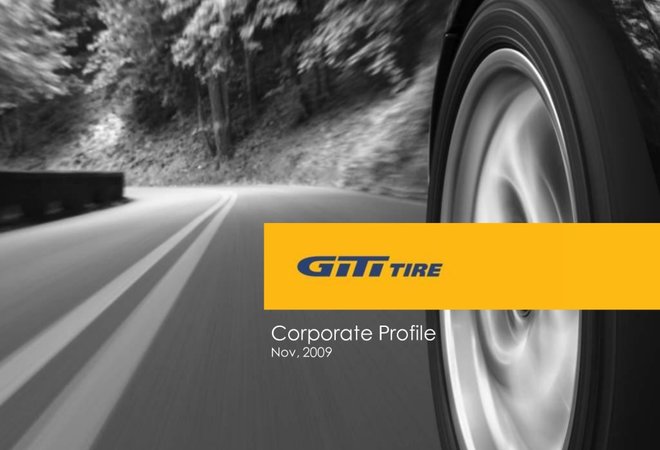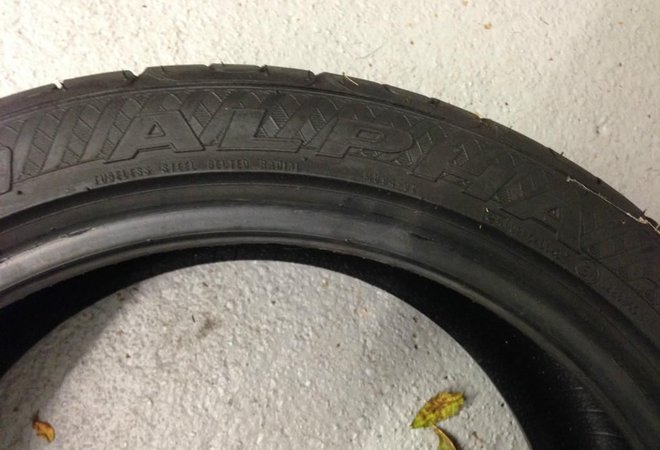And when we want to buy winter tires dedicated to the cold season for the car, we will run into the same price difference as in the case of other objects, such as appliances, telephones, clothes and so on. Why does one tire cost 250 lei and another tire of the same size can cost 650 lei? There are a number of well-founded reasons why tires are of many kinds and have different prices.
1. Investments in long testing
Let's take a big manufacturer, such as Michelin. The French carry out millions of kilometers of road tests every year in all conditions, in the desert, in the rain, on the snow, on the ice or on the dirt road at different speeds. Any new tire model is extensively tested both in the lab and in normal road conditions before being mass-produced and sold to end customers. Moreover, for the most accurate testing, large manufacturers send prototype tires to all corners of the world to ensure that they receive as much feedback as possible. On the other hand, a smaller manufacturer or with an unknown name, cannot afford such an investment that amounts to millions of Euros. Automatically, the finished product will show differences in quality, but it will be cheaper, because it has not been tested for a long time.
2. Different component materials
In the case of expensive tires, made by reputable manufacturers, the best materials on the market are used. If in the case of a quality tire, more than 150 different compounds are mixed in the creation of a tire that is both resistant and adhesive at the same time, in the case of cheap tires, recycled materials or some of poor quality are used. Let's take kevlar or steel as an example: in some Chinese tires, made by a manufacturer that no one has heard of, kevlar is replaced by canvas and the steel instead of being layered several times is put with economy. This means, on the one hand, that the tire will be cheaper but will also be much more prone to premature wear and explosion.
3. Specialized teams of engineers
A well-known tire factory employs hundreds of engineers who do one thing all day long: develop and test new tire materials. Engineers and designers make and test new treads for maximum grip and water evacuation, calculate braking forces and tire behavior when cornering, calculate to the millimeter any movement of the blocks that form the tread and finally, after many hours of debates and tests, I choose responsibly the best option. On the other hand, smaller or no-name manufacturers resort to another option: either steal a tread design from another manufacturer or make one by eye. In other words, if there are thousands of employees in one factory, there are only a few in another smaller factory. And it is obvious that one tire has different production costs than the other.
4. The accumulation of advantages and disadvantages
Why can one tire be 4 times more expensive than another? Because that tire behaves better in any conditions. A tire that bears the name of a large manufacturer has been designed to withstand the harshest conditions, to have increased grip on any surface, to perform well when braking, to help reduce fuel consumption and to last a long time. On the other hand, a cheap tire will never behave well or exemplary in any way. And this is also mentioned on the EU label: while a Pirelli has a low noise index, a cheap tire has a high noise index. And so on and so forth, fuel economy and so on.
5. Quality control
There is no tire factory, even in Romania, that belongs to a large manufacturer such as Continental, Michelin, Pirelli or Dunlop, in which quality control does not play an important role. If at these manufacturers the rate of putting a defective tire on the market is 1 in 1000, in the case of manufacturers who sell cheap tires it is much higher, about 1 in 50. In other words, when you buy cheap tires, you risk more to buy a tire that does not balance or that has cracks in the reinforcement belt and that can explode on the go. Quality control is a stand-alone department that performs daily checks on the entire production of the day, randomly choosing one tire and subjecting it to hundreds of tests.
In conclusion, when you ask yourself why a Debica tire is 200 lei and a Dunlop tire costs 450 lei at the same size, know that there are big differences in terms of testing, production team, materials and other aspects that ultimately translate into a longer service life and extra safety.








